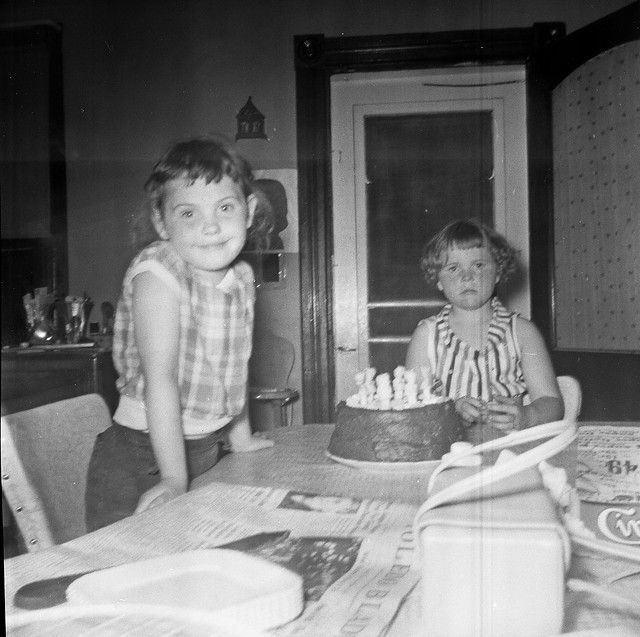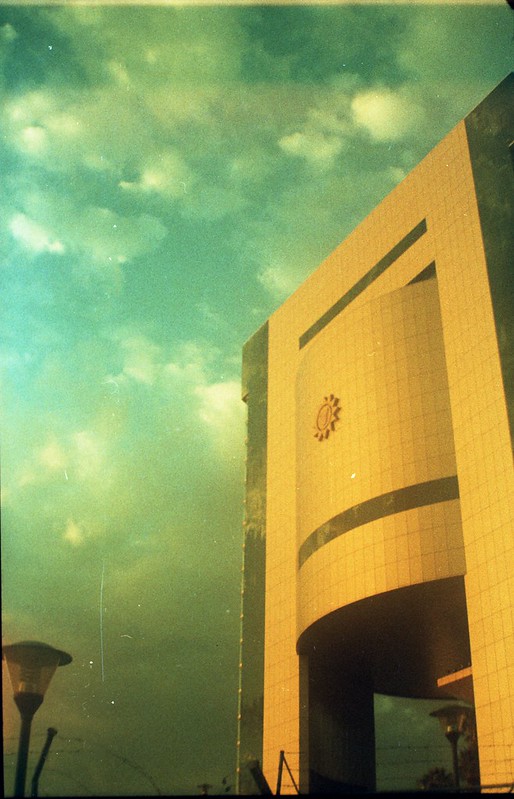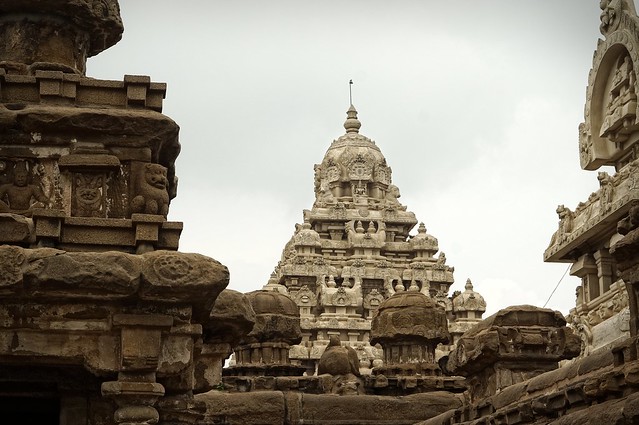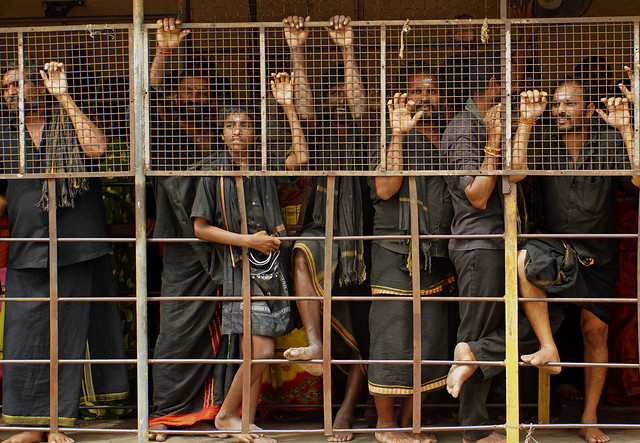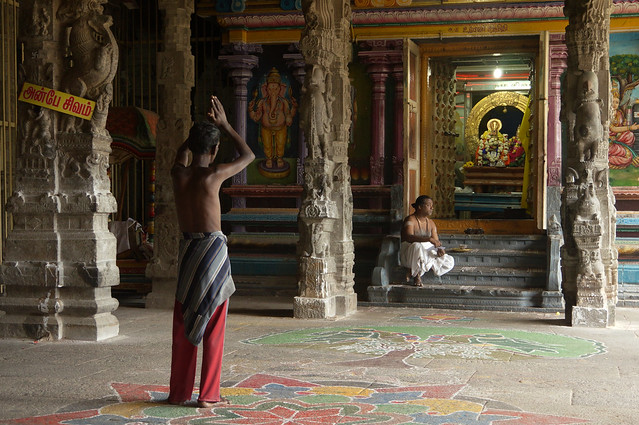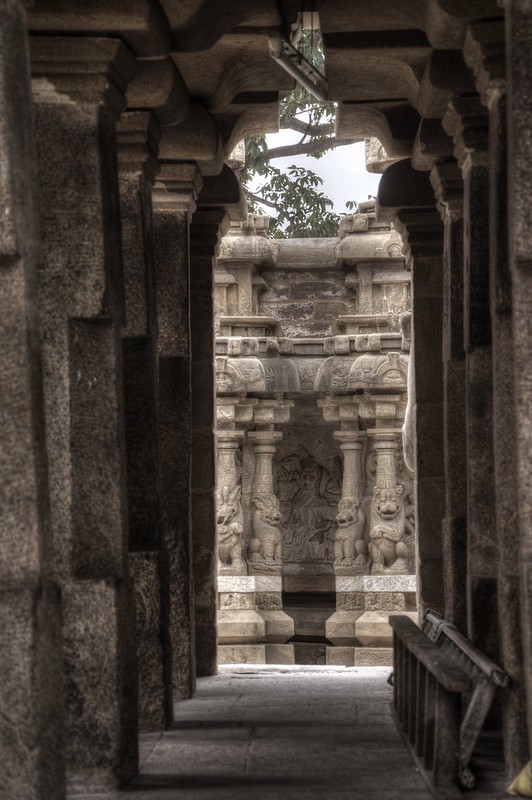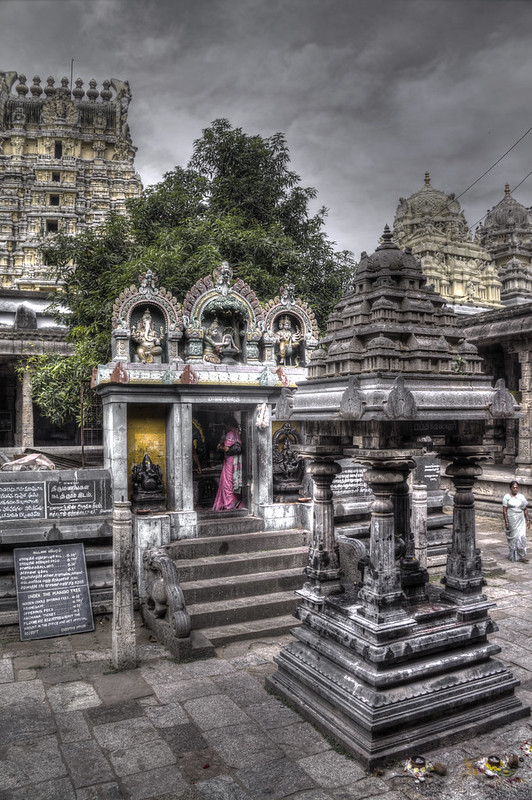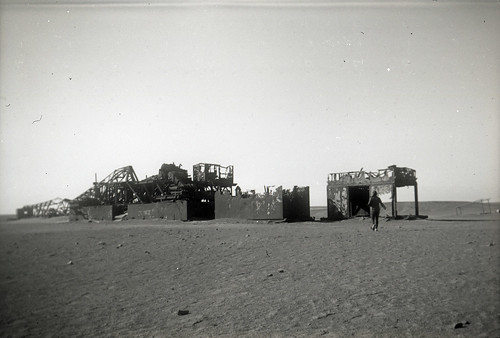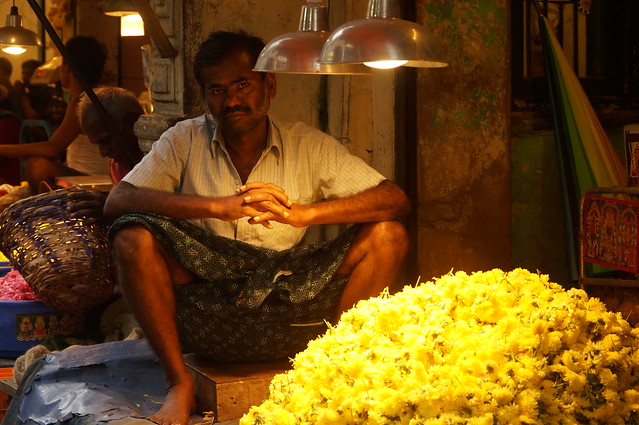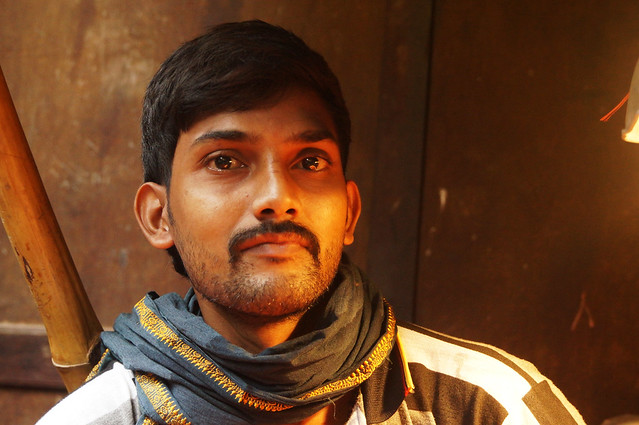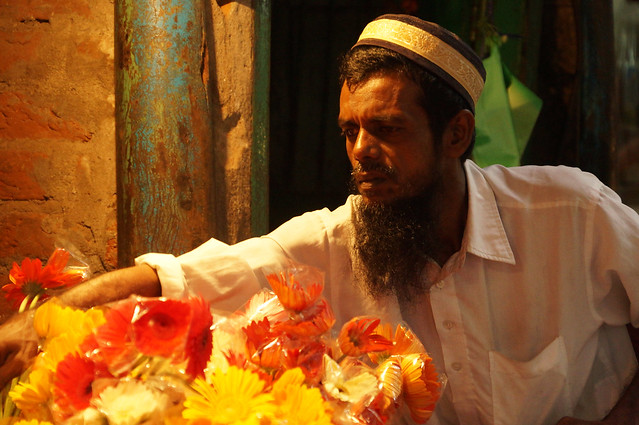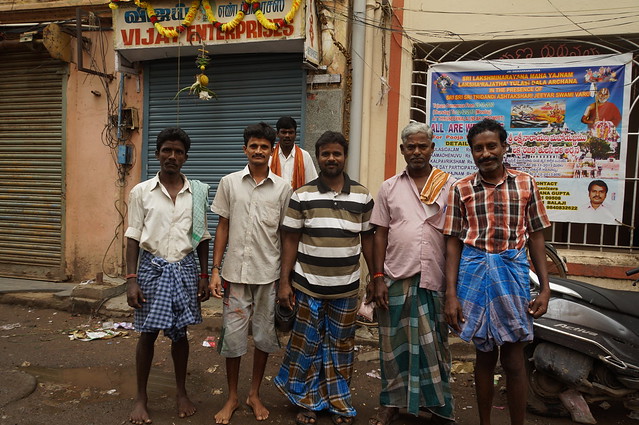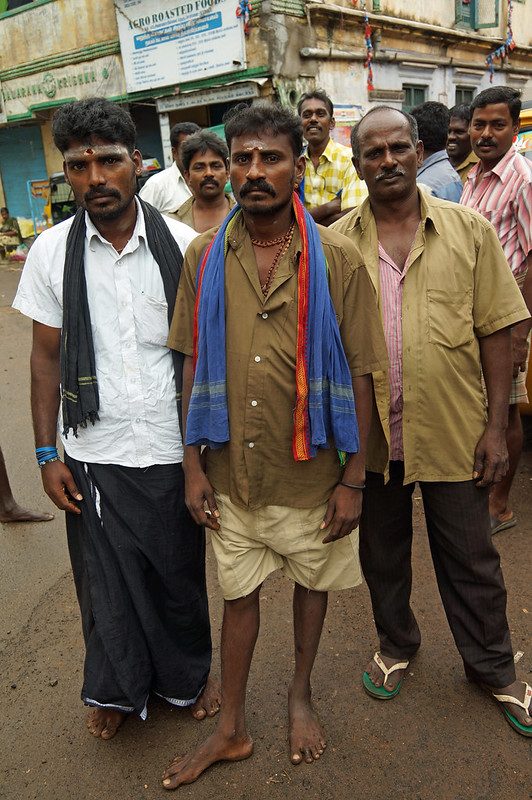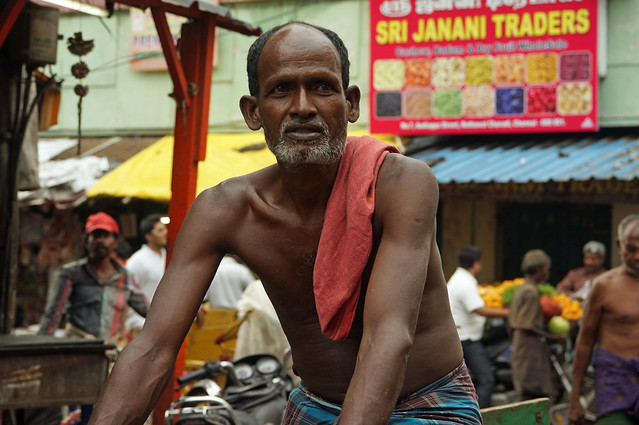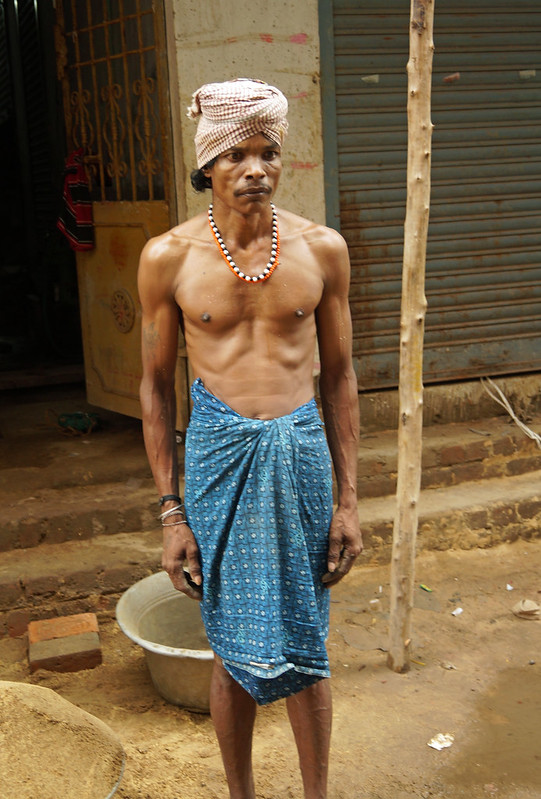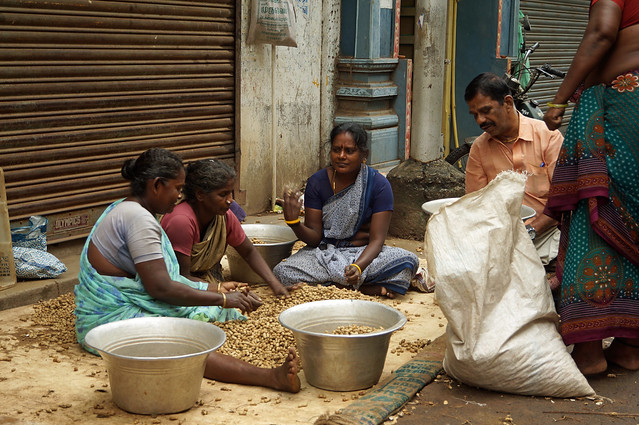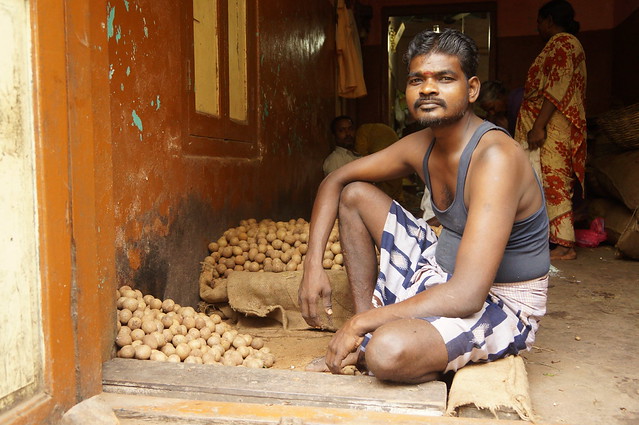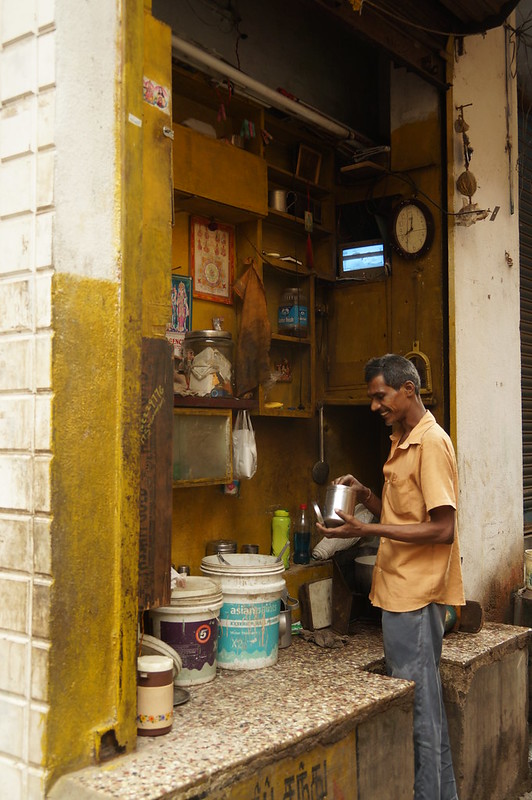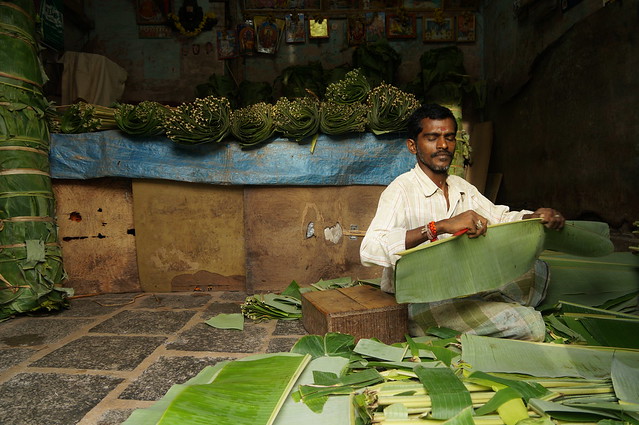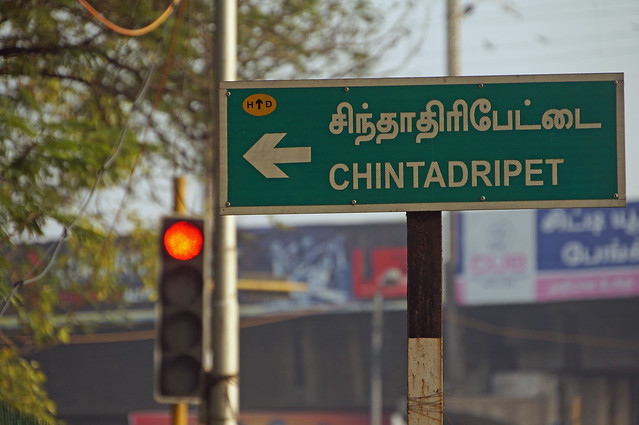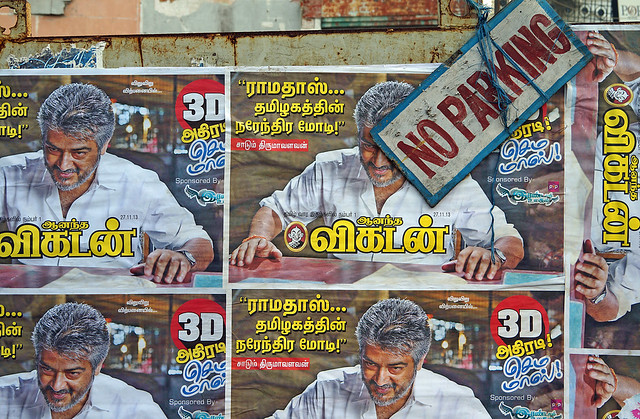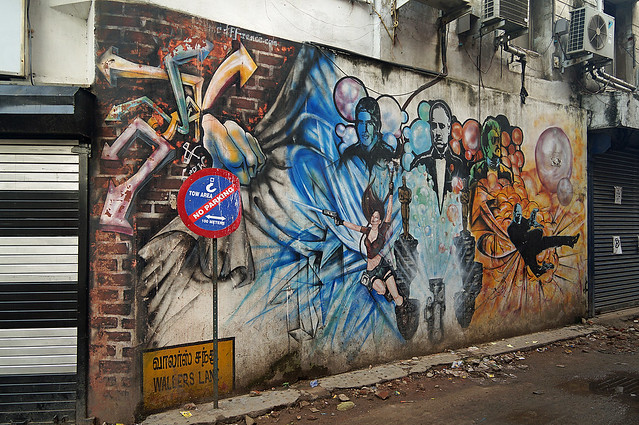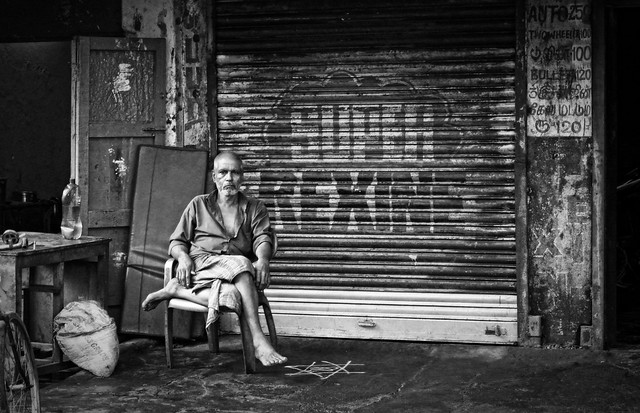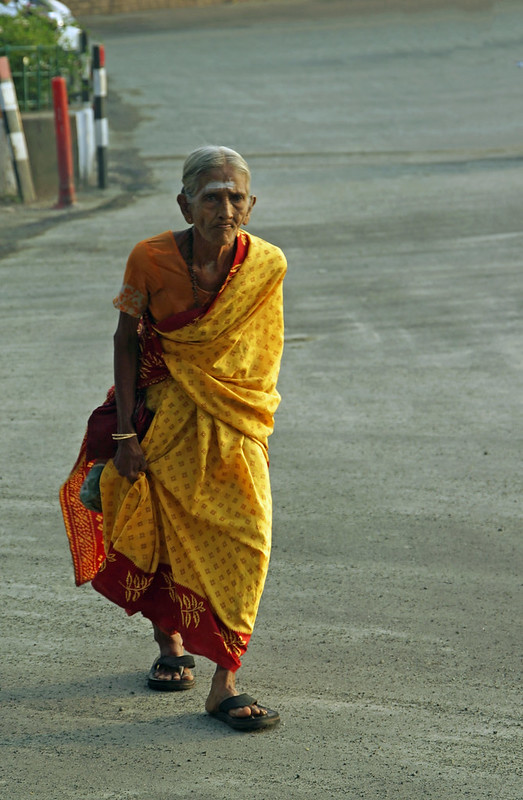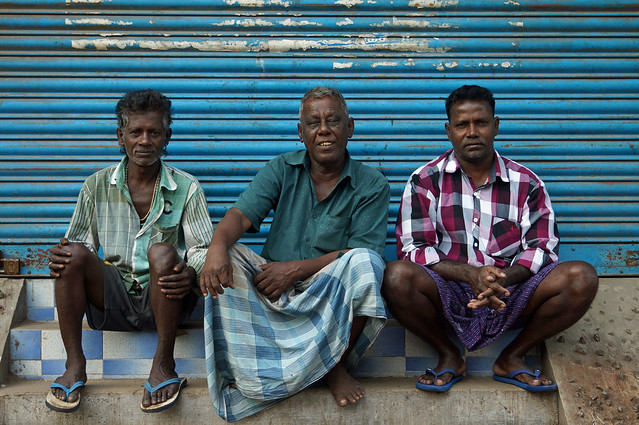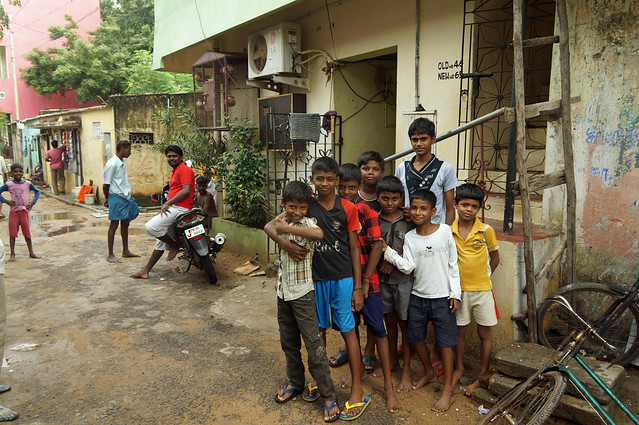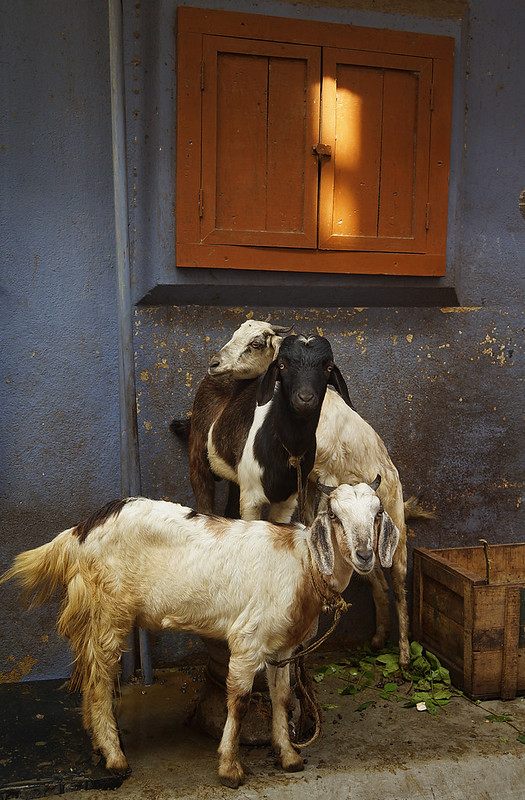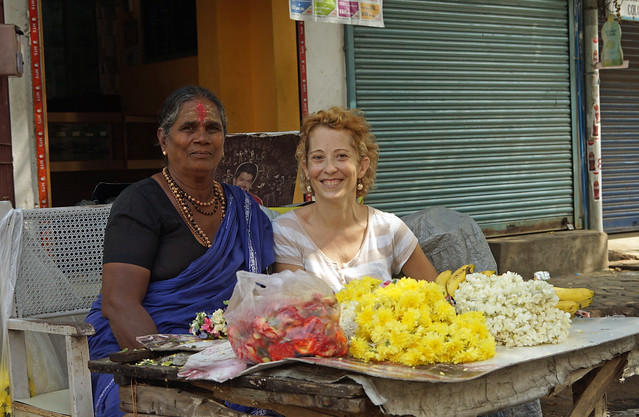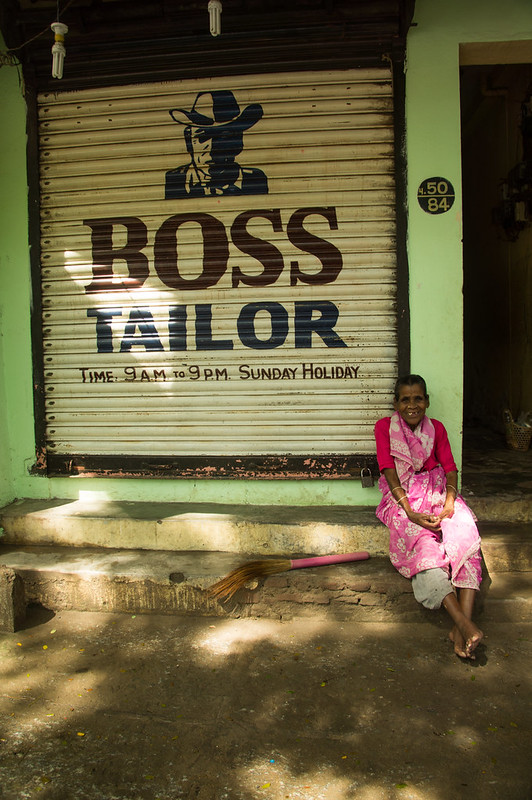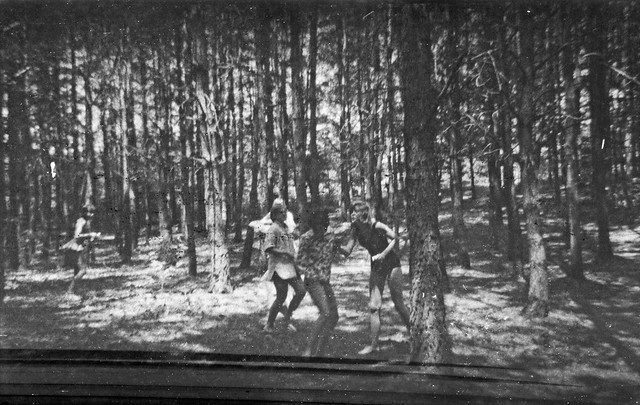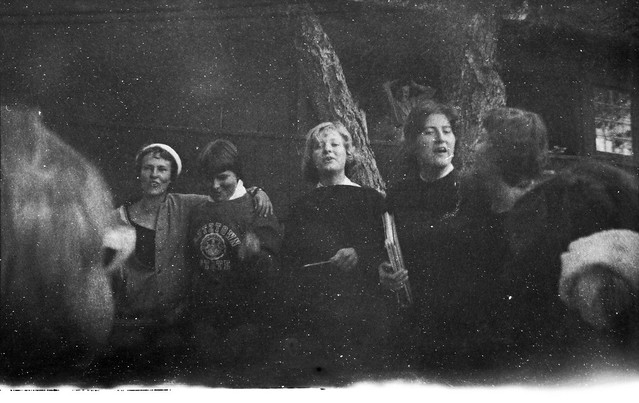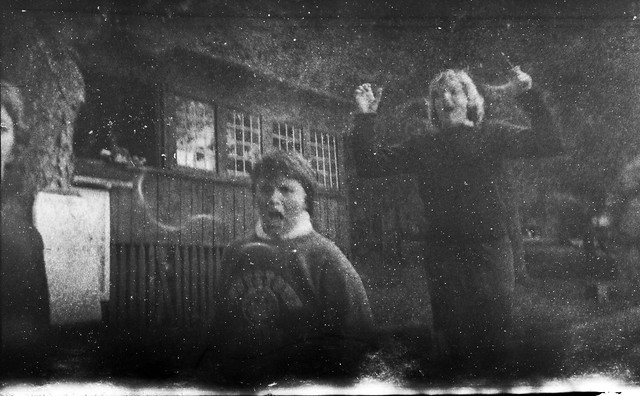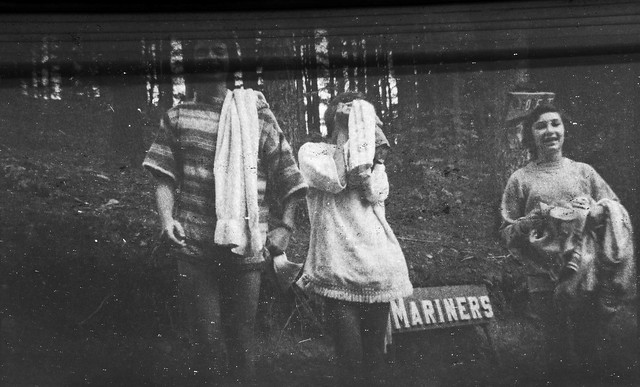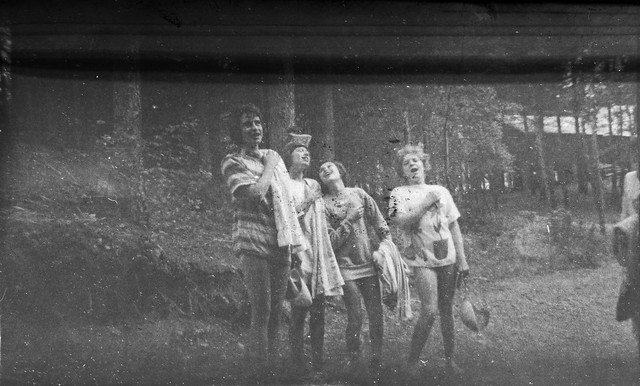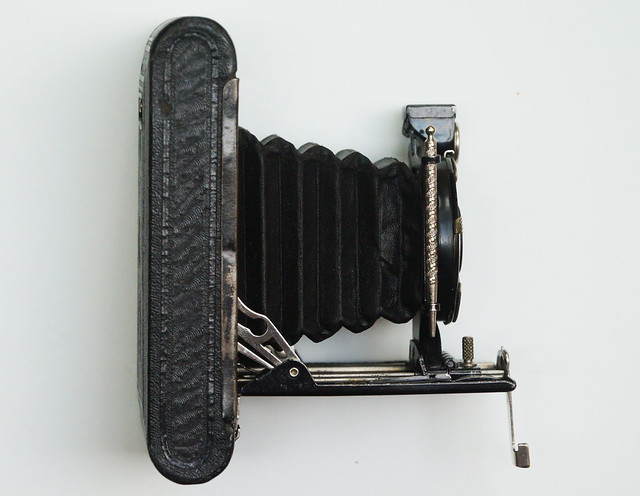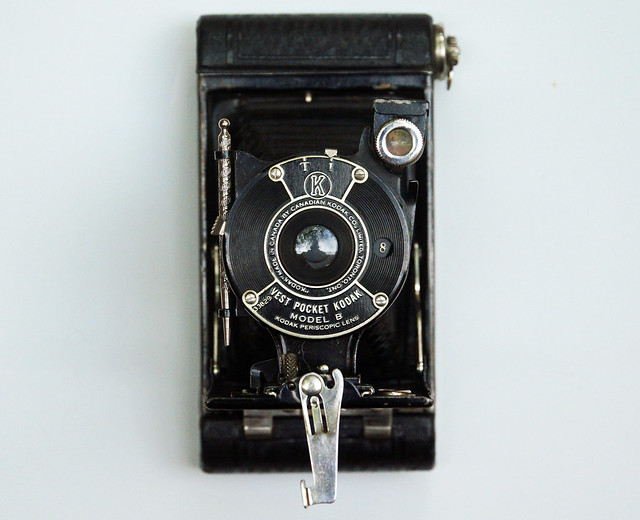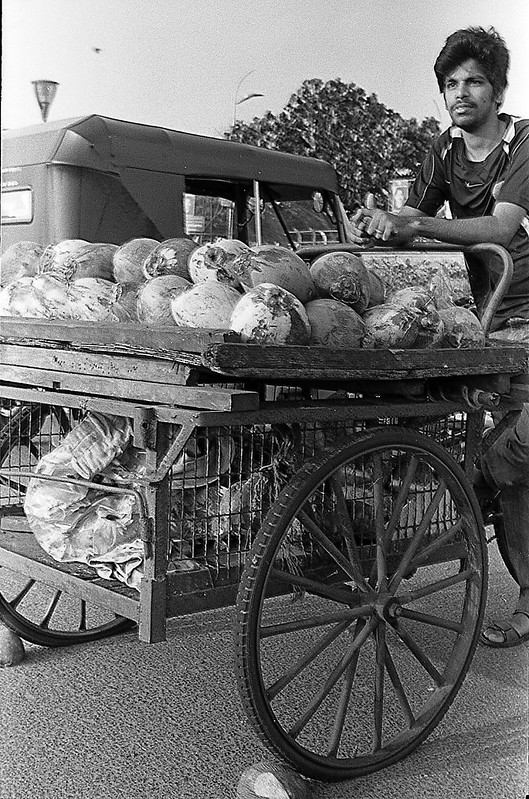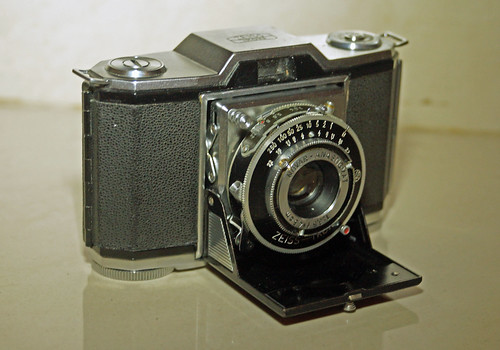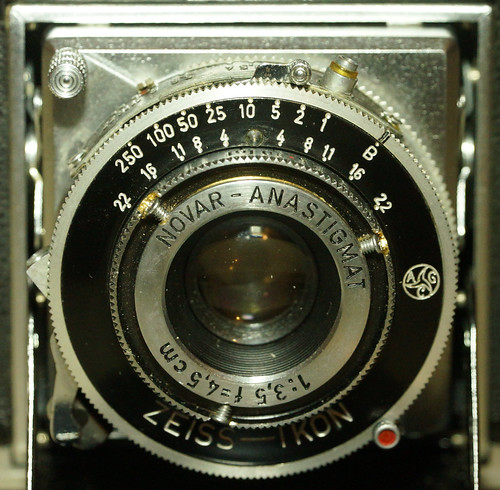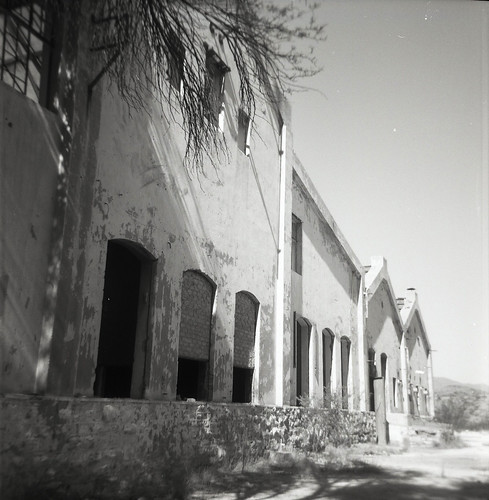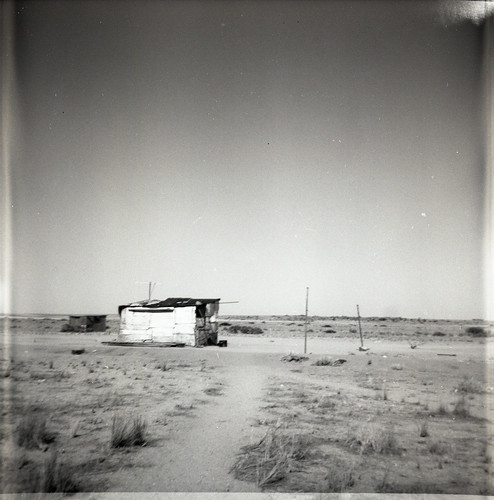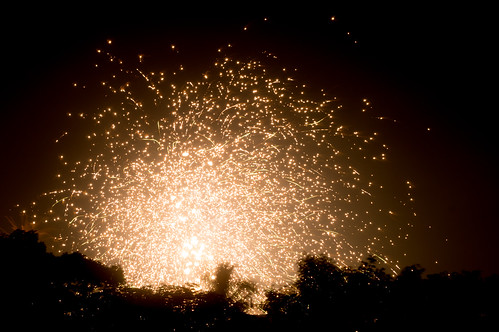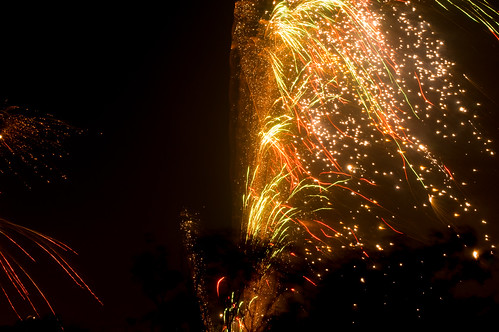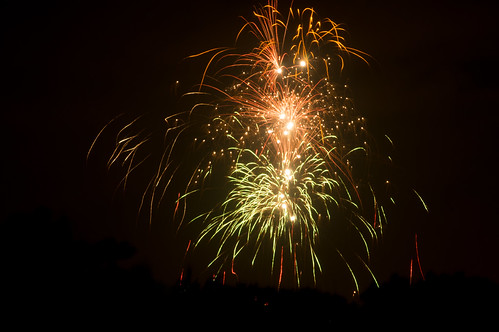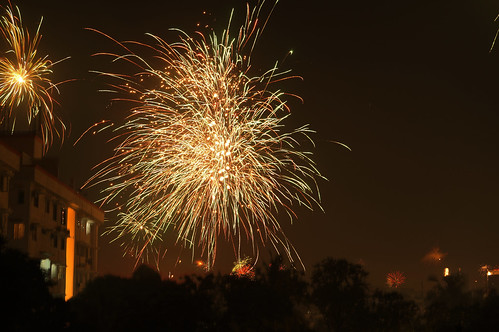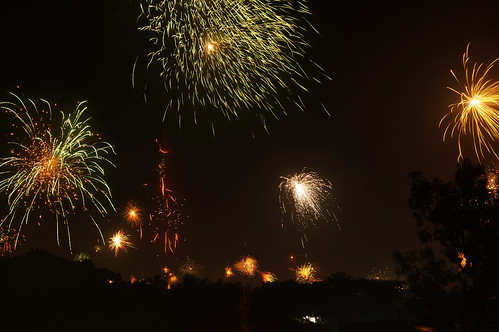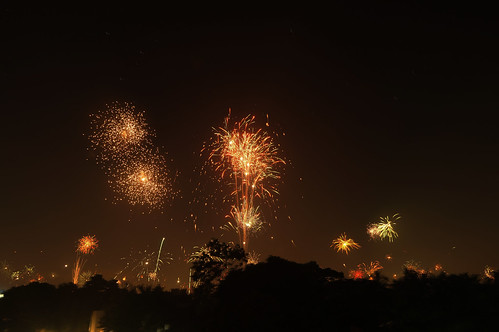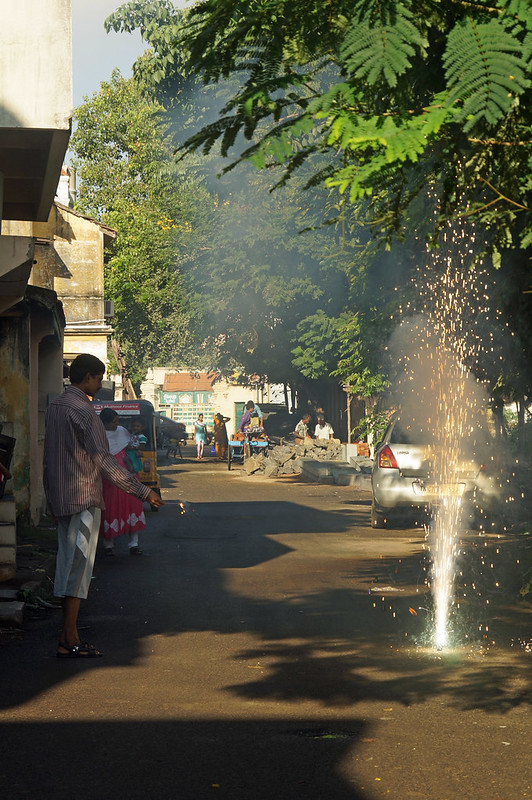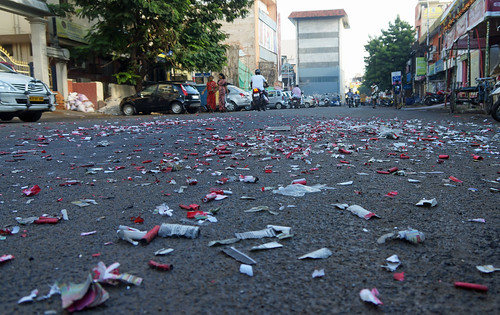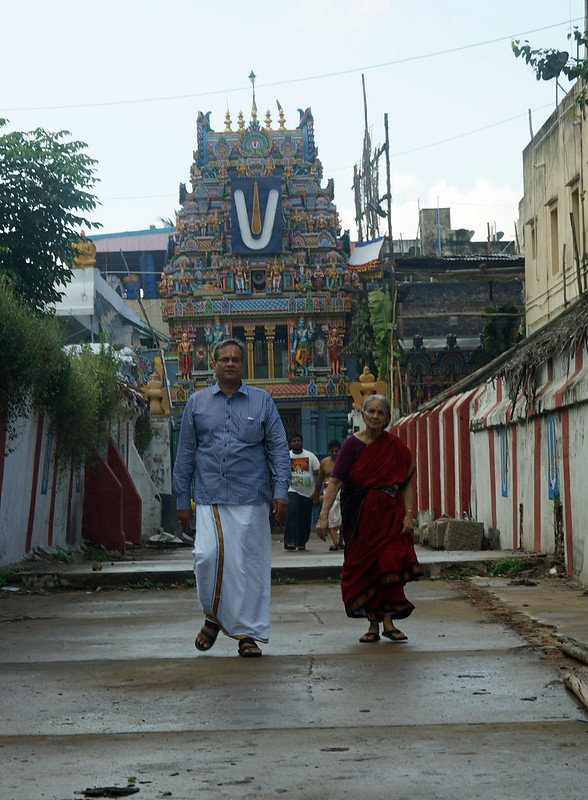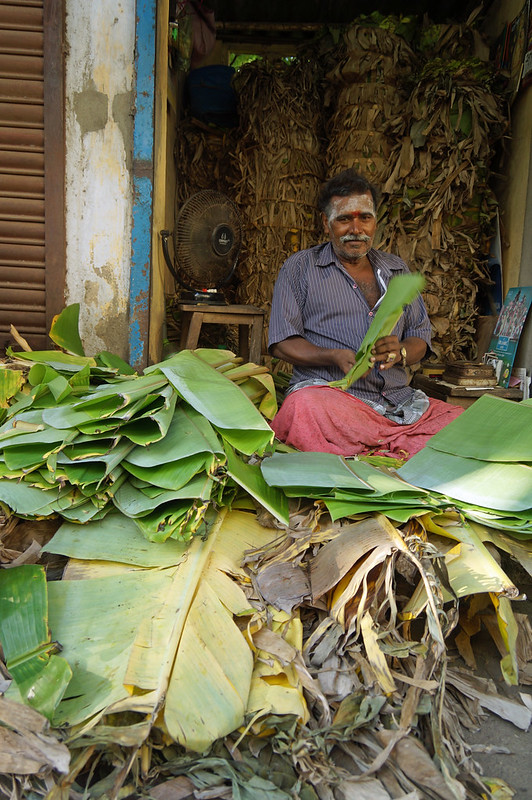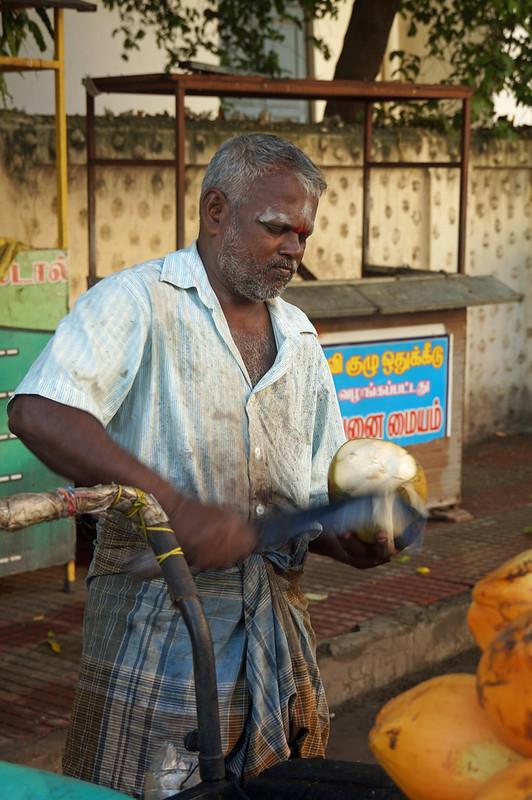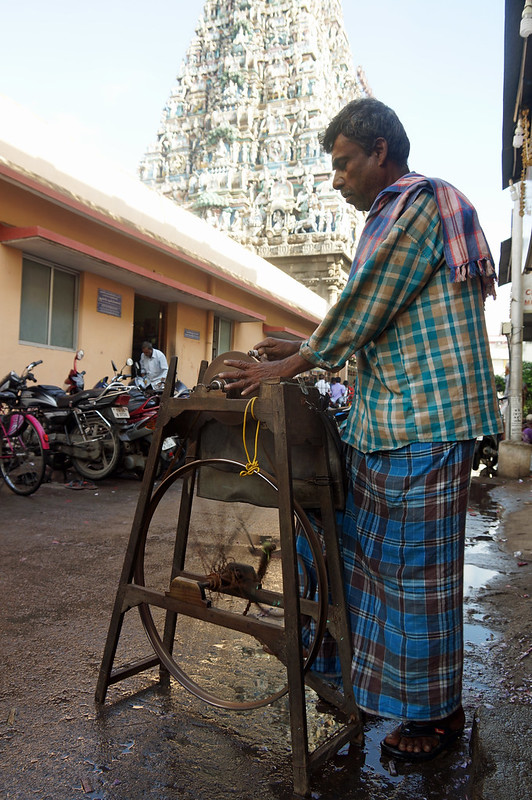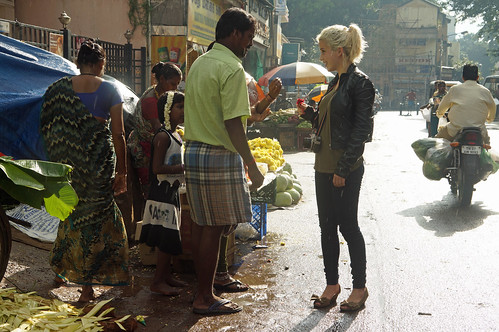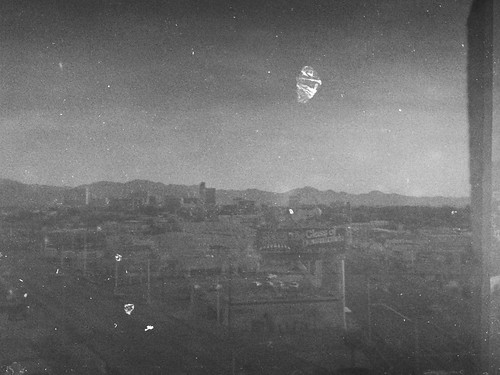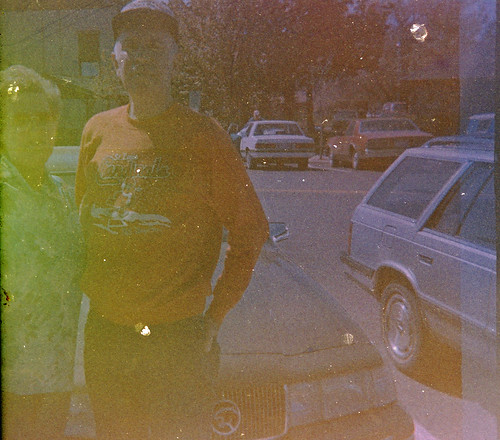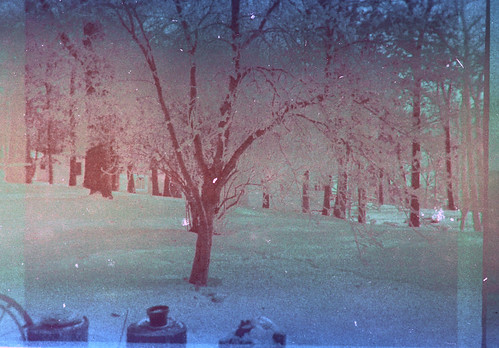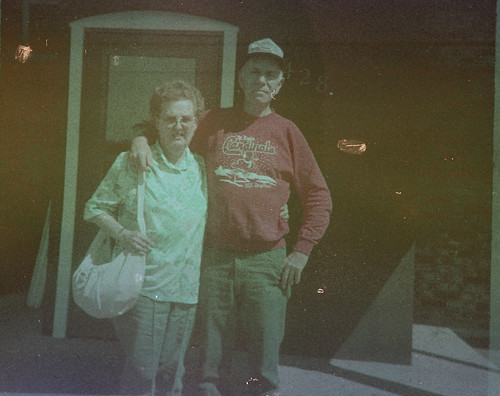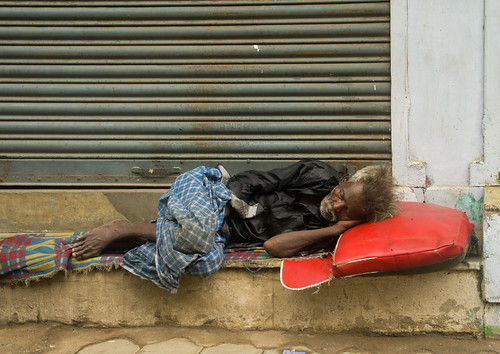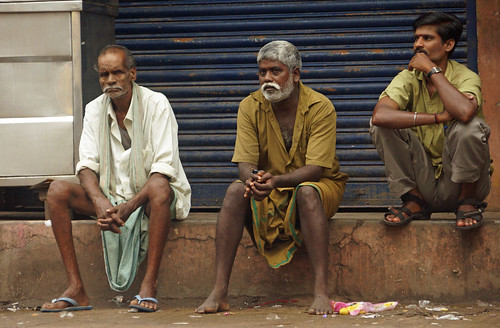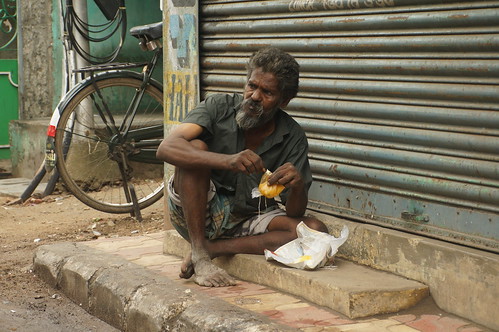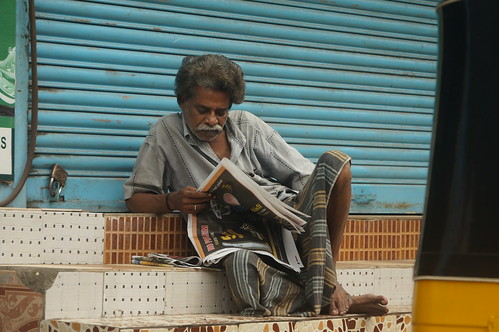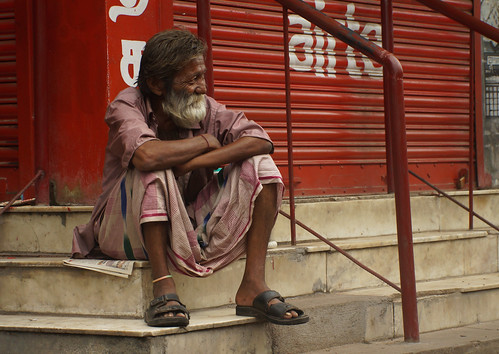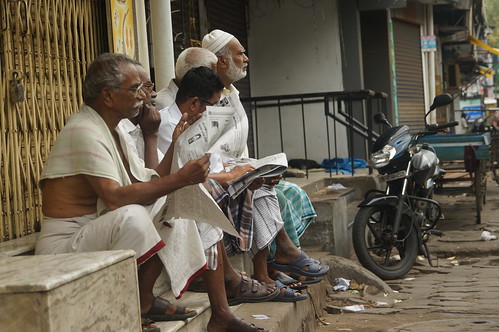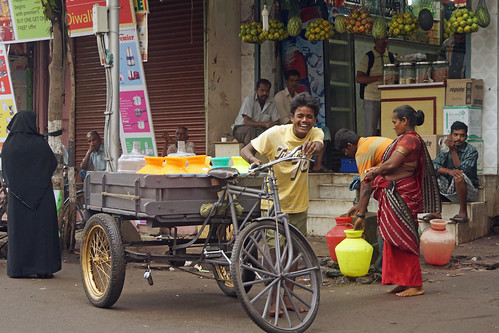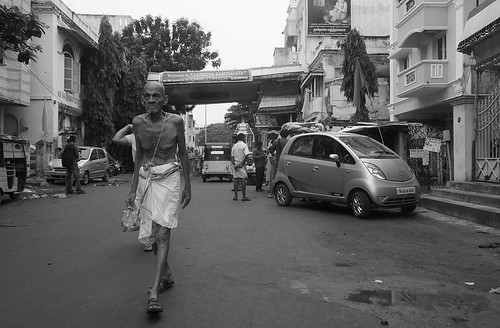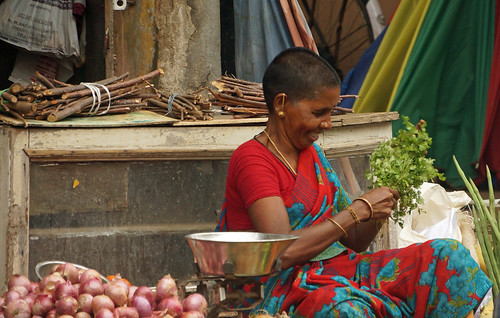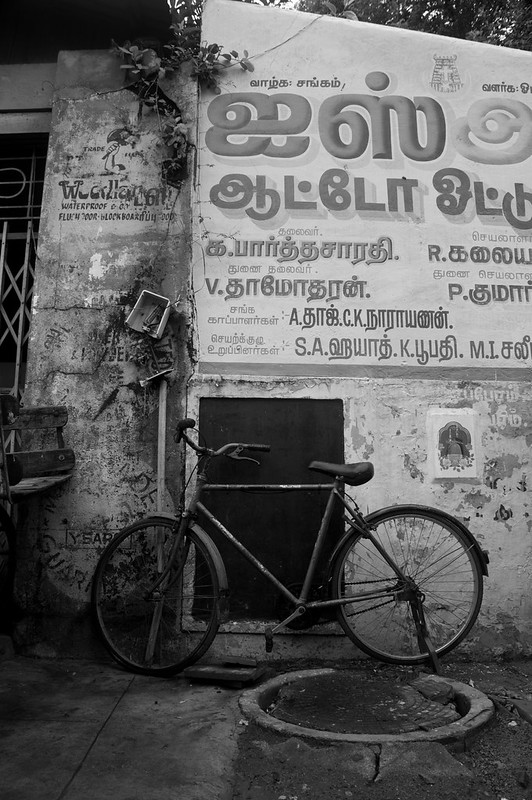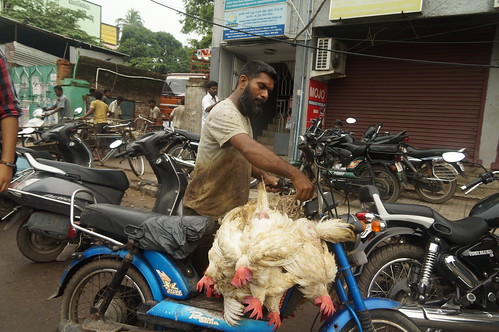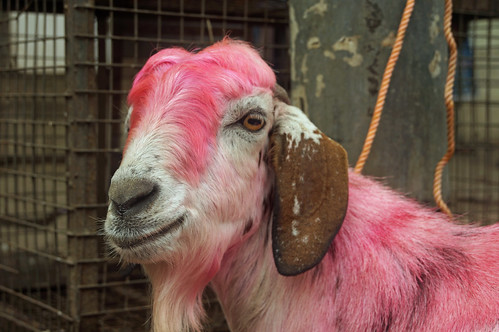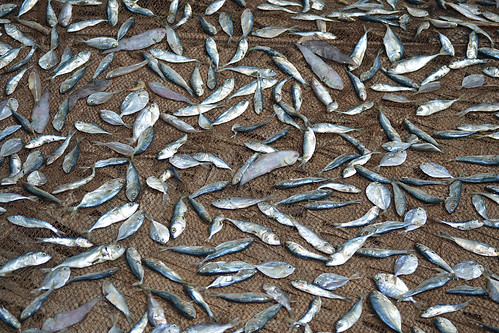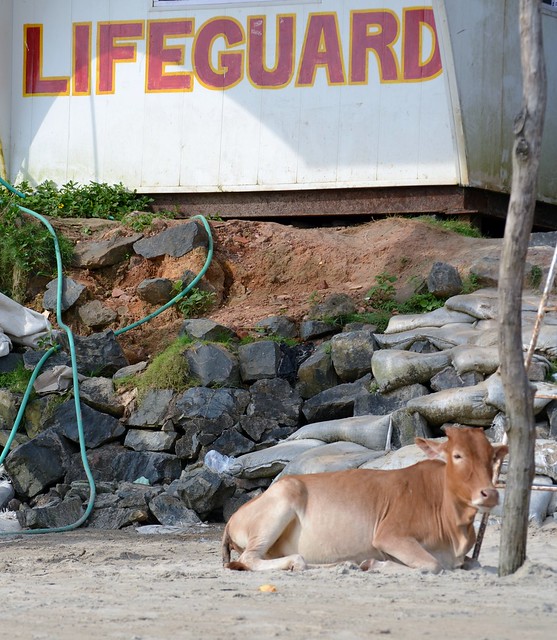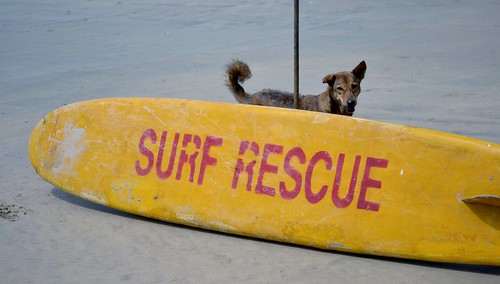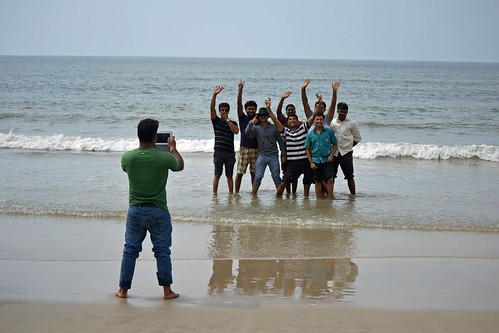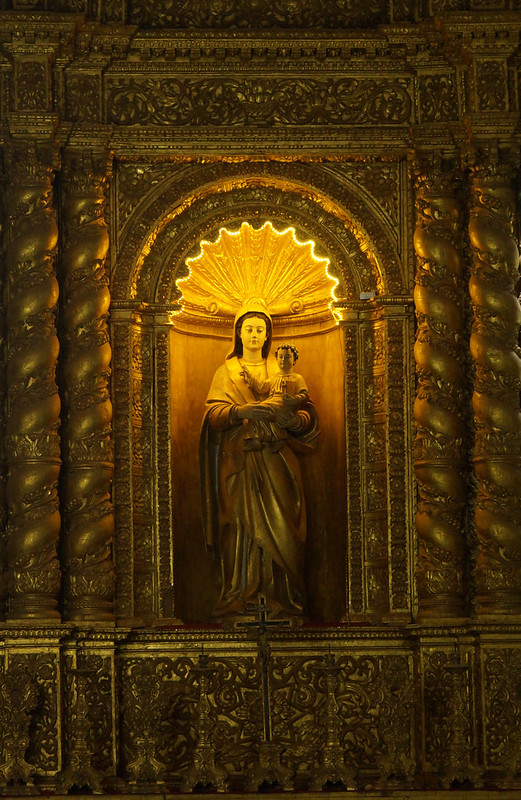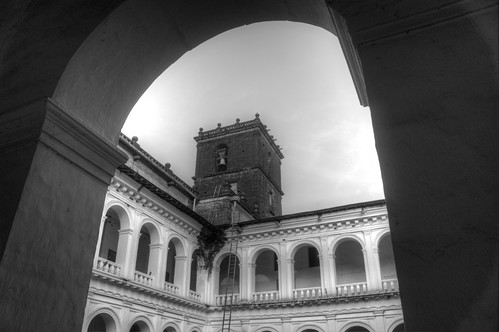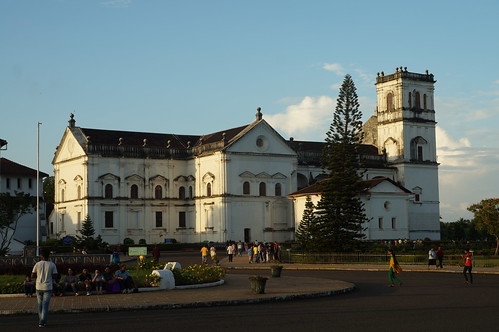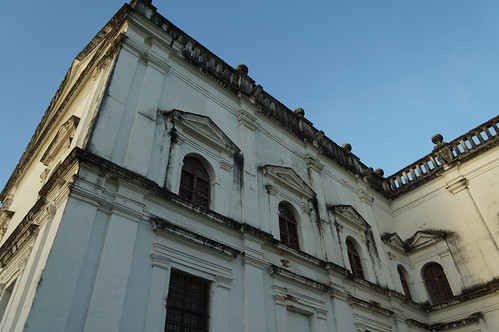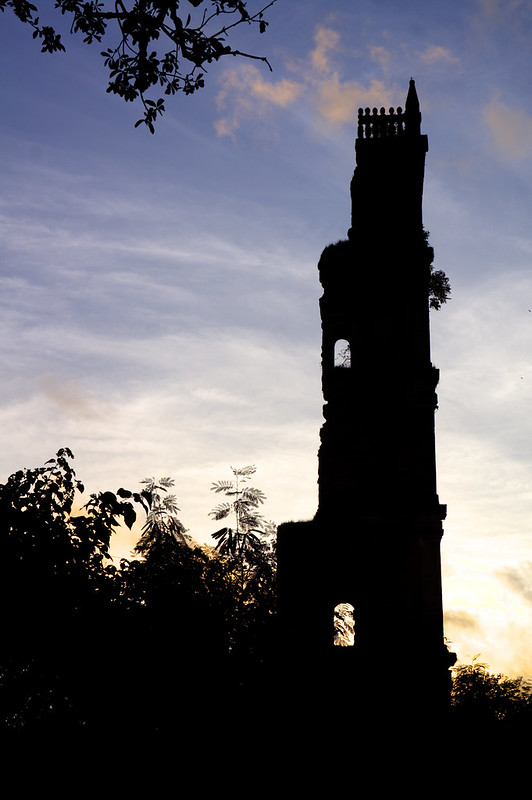This week’s Found Film Friday is a fun find…
This week’s film is a roll of Kodak Verichrome Pan 620 film. I was the winning bidder on eBay, and asked the seller where the film had come from. He told me he was selling the camera separately, so I bought that as well. It’s an extremely unique camera – an Ansco Anscoflex camera designed by one of the most prolific design houses the United States has seen – Raymond Leowy Associates. This is the company that designed the Coca-Cola bottle. The zippo lighter. Logos for companies like Lucky Strike, Shell Oil, BP, Exxon – the list goes on and on. You can read all about it in this article about the Anscoflex II. This post is about the roll of found film:
…that was found in this camera:
Normally when I develop rolls of found film, I’m lucky to get a tiny clue or two that tells me when, or possibly where, a roll might have been taken. These cameras were manufactured between 1953 and 1956, so we know the photos aren’t older than 1953, but apart from that the photos could have been taken last week!
In this particular roll, nearly all the photos were terribly underexposed – I’d guess the owner was having trouble with the flash – with the exception of a couple of exposures that were extremely clear and sharp. Both were birthday photos, oddly seeming to be the same child taken a few years apart. The first made me think of “The Shining” – I don’t know why:
and the second one had a huge clue – a newspaper!
I struggled for a while with the name of the paper – played around with the contrast, tried to zoom in and out – no luck. So I posted it on Twitter, and within seconds my daughter came in, inexplicably, with the answer: the Toledo Blade!
So then we went looking for copies of front pages, and found a huge archive of jpegs. We discovered that the Toledo Blade changed its masthead to “The Blade” in 1960, thus bracketing our photos between 1953 and 1960. My daughter realized that if we could date the newspaper, we would be able to identify the date of birth (plus or minus a day or two) of the child in the photo celebrating her 6th birthday!
So that’s where the excitement ends for now. We spent a few hours scouring archives, and unfortunately many of the jpegs are missing, so we were unable to identify the paper above. We have sent an email to the Toledo Blade itself, thinking they might want to involve their readers in solving this puzzle, but no answer so far. We also tried the East Toledo Historical Society, who wrote back and said they had no idea. But who knows? Maybe we’ll solve this puzzle yet.
The camera was acquired in an estate sale. The birthday girl would be in her late 60s or early 70s, and it’s possible that the owner of the camera might have been her father. Beyond that it’s all conjecture.
Any ideas? Let us know – we’d love to hear from you!




